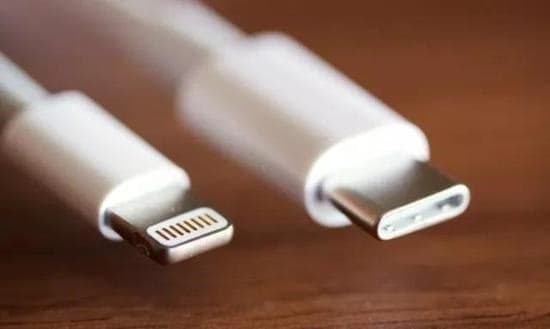The European Union is seeking to unify the charging solution for smartphones. According to reports, the EU legislature passed a resolution of 582 to 40 votes for the unification of smartphone charging solution. Reuters reports that the European Commission is responsible for the drafting of relevant European laws and acts as the law enforcement department. For more than a decade, the agency has been working to unify smartphone chargers.

The resolution says that spontaneous agreements between some technology companies have significantly reduced the types of chargers in circulation. However, there is still a lack of common standards in the industry. Therefore, consumers face different types of chargers in the market, and sometimes even need to purchase new chargers for each device separately. Wireless charging may be a solution, but the legislature urges the European Commission to pay attention to fragmentation and to ensure that it eventually adopt standards that are compatible with multiple devices.
The core of the resolution is to reduce the amount of e-waste. In 2016, Europe produced 12.3 million tons of e-waste, which is equivalent to an average of 16.6 kg per inhabitant. The legislature said that using the same charger for all electronic devices could reduce the amount of electronic waste.
Unified charger and charging cable standards will have a huge impact on companies using proprietary technology. Apple has a huge number of users, and these devices rely heavily on the Lightning charging. Thus, this EU resolution will severely affect Apple. During its earnings call this week, Apple said that it has more than 1.5 billion active devices worldwide, and a large portion (about 900 million) are iPhones. Last week, Apple Corps objected to the EU’s initiative, saying that the unified charger will “stifle innovation” and allow existing iOS device users to abandon Lightning and use USB-C instead.






Why not go all the way and set a new standard for power points that accommodate all the plugs that are used around the world? They are already there – I believe the Chinese introduced them many years ago but were quickly banned around Europe. THAT is the main problem when traveling around. What’s the problem?